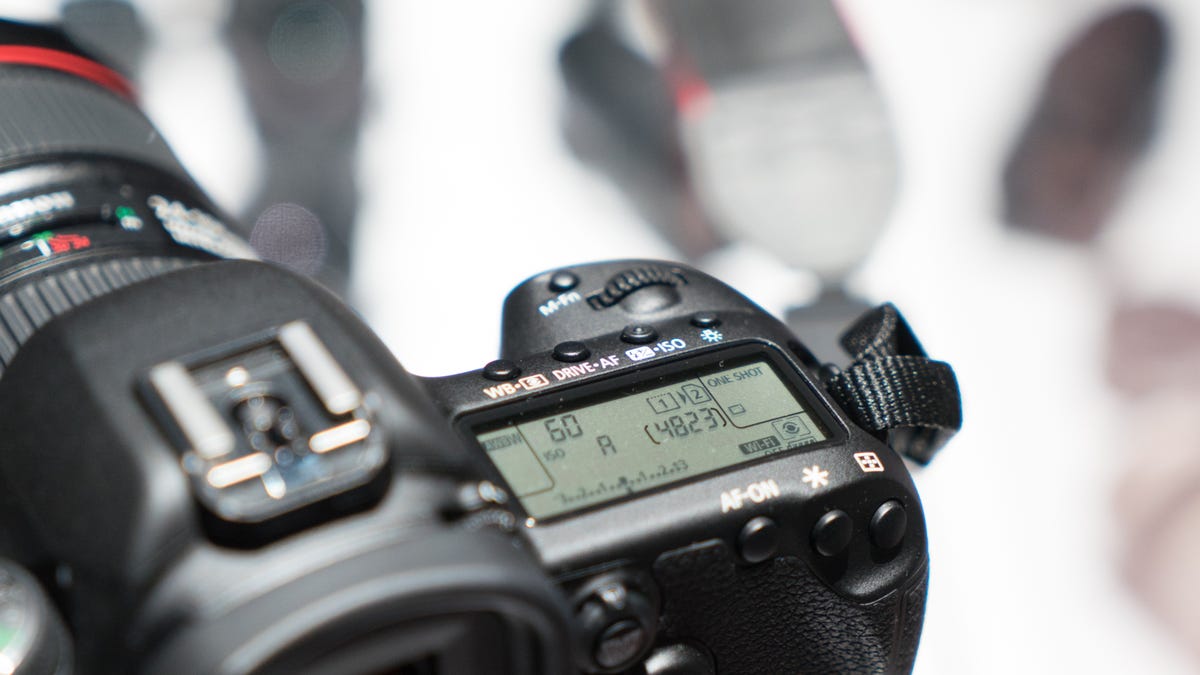5D Mark IV sensor earns best Canon score on DxOMark. But...
DxO's tests show that the camera's new Dual Pixel CMOS sensor delivers some modest tonal improvements over the 5D Mark III. But the devil's in the details.

You've read the headline -- before I jump in, I'll launch into the cautionary comments. DxO's camera sensor test scores require lots of caveats, mostly due to how the individual tests are factored into the overall DxOMark score, the assumptions behind it, and how the differences translate into what's visible. But over time the measurements have jibed reasonably well with what I've seen from my own testing.
So I find the most recent results of its Canon EOS 5D Mark IV testing notable for several reasons.
Historically when Canon switches to a Dual Pixel sensor from a standard CMOS in a camera, I haven't seen a huge improvement in quality. Most of the time one can attribute a chunk of the gains to an updated image-processing engine with fine-tuned algorithms and increases in sensor resolution. But for Canon, the point of switching to its DP sensor is usually improved autofocus performance, a tradeoff that the company accepts to provide a better (one might argue the best) video-shooting experience on a dSLR.
Second, the thing I've heard most from 5D Mark III owners is the desire for a broader tonal range.
And finally, the Nikon cameras it competes with -- notably the D810 and possibly to a lesser extent, the D750 -- are two years old, which means that they're ripe for replacement. So it's possible that even if the 5DM4 delivers better results now, it might end up falling behind in six months.
All that said, here's my take on DxO's test results.
For the overall score, the 5DM4 jumps 10 points from the 5DM3, from a disappointing 81 to a finally-breaks-90 91. Each 5 points represents 1/3 stop, which means the overall score represents only 2/3 of a stop improvement in sensitivity. But it also means that it lags the best performer, the Sony A7R II, by only 7 points -- also less than a stop. The subscores which contribute to the overall score don't really provide much information, because they represent a single data point (the best result for DxO's assumed use case).
Comparing the individual test results between the Mark IV and the Mark III bears out the no-big-diff score. One odd bit is that the Mark IV's measured ISO sensitivity diverges even more from the manufacturer-rated sensitivity than the Mark III across most of the ISO sensitivity range. For instance, when the camera is set to ISO 50, the M3 actually measures as ISO 64 while the M4 measures as ISO 80.
The biggest difference between the two cameras is in dynamic range, where the M4 gains about 1.5 EV over the M3 (12.6 EV vs. 11.0 EV at the lowest ISO sensitivity setting on each camera). That's equal to about 1.5 stops. DxO defines 12 EV as the lower bound for an excellent result, so at least the M4 crosses into "excellent" territory.
But all cameras lose dynamic range as ISO sensitivity increases, and the gap between the two cameras' sensitivity curves shrinks, reaching down to about 0.5 EV (which is the point at which you probably can't tell the difference) by the time you hit ISO 1,600. So, there's effectively no difference in cameras' range between darkest and brightest capture capability beyond ISO 1,600 (maybe ISO 3,200).
On all other tests, the sensors in the two cameras essentially perform the same across the entire ISO sensitivity range, with at most a half-stop improvement in spots.
Good news for Canon, though, is that compared to other full-frame models, there's also minimal difference. The 5DM4 actually has better dynamic range results than the D810 starting at about ISO 800 -- but by barely half a stop. On all other tests, it performs essentially the same as models such as the D810 and A7R2.
Of course, until I can shoot some photos for comparison, all this remains theoretical. And there are reasons to buy a camera other then sensor performance or -- wait for it -- best-in-class image quality. It really depends on your needs.

